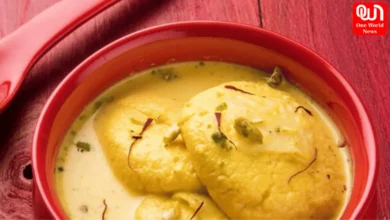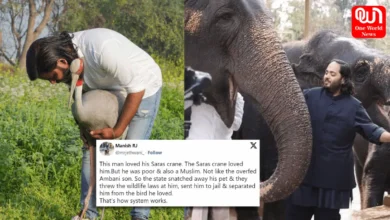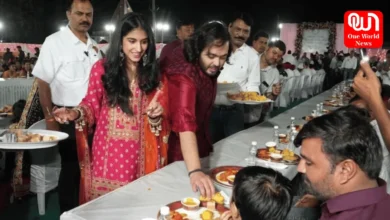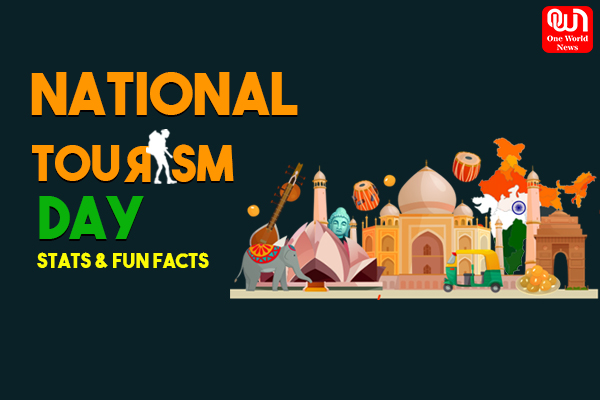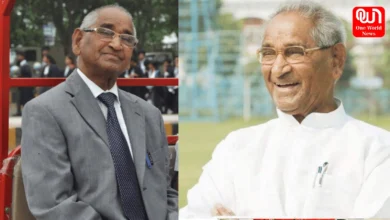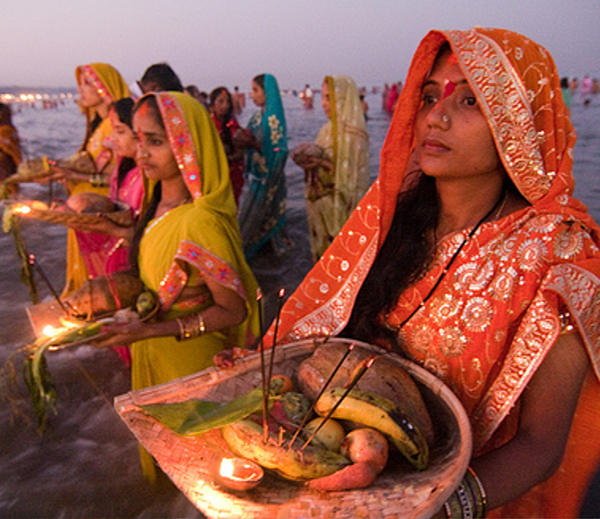
Chhath Puja commenced on 18th with Nahay Khay and will end on 21st with Parna
Chhath Puja is an auspicious Hindu festival which has a very important place in the life of Bihari people. A true Bihari can never back down from celebrating this “Mahaparv” because of the importance of this festival. He/She will travel thousands of kilometres, cross boundaries but will never miss the chance of celebrating this significant festival. It’s not just the Bihari who celebrate this festival, some parts of Uttar Pradesh, Jharkhand, Odisha and Nepal also celebrate it. This year the Chhath Puja is going to be more special as the devotees will have an added demand from the gods- to get rid of the COVID-19. Here is everything you should know about the Chhath Puja 2020.
Duration of Chhath Puja
The auspicious festival is celebrated over the course of four days starting with Nahay Khay, then Kharna, Sandhya Arghya, and finally Usha Arghya. It takes place on the fourth day (Chaturthi) and concludes on the seventh day (Saptami) of the Shukla Paksha (waxing phases of the moon) in the months of Karthik (Hindu Calendar – mostly in November).
This year the Chhath Puja is being celebrated from Wednesday, November 18 2020. The final day of Puja is on Saturday, November 21, 2020. Sunrise and sunsets are very important in this festival. This year, the timings of sunset and sunrise are as follows:
19th November: Sunrise at 6:47 and Sunset at 5:26
20th November: Sunrise at 6:48 and Sunset at 5:26
21st November: Sunrise at 6:49 and Sunset at 5:25
Chhath is considered as one of the toughest festivals for devotees as they have to observe fasting for 3 days. The festival is also known as Dala Chhath, Chhathi, Pratihar, and Surya Shashthi. Women observe fast and offer prayers for the well-being of their sons and the happiness of the family.
Read more: Is the ban on firecrackers an attack on Hinduism?
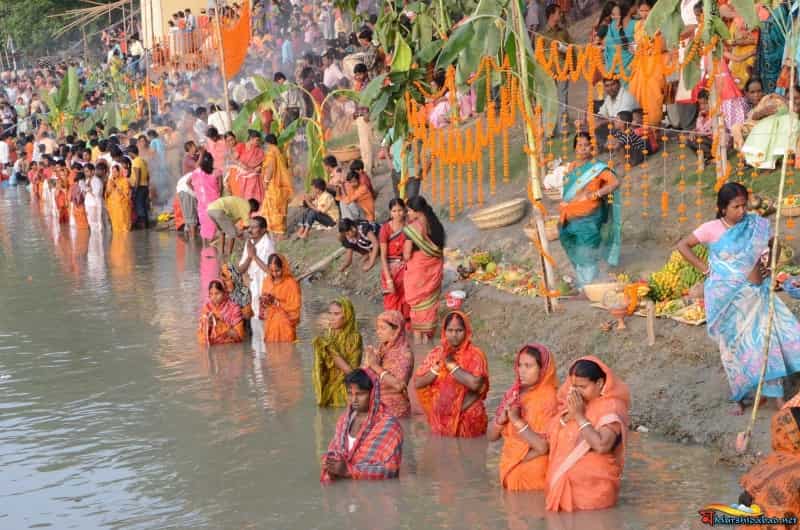
Nahay Khay
The Chhath Puja starts with Nahay Khay where the devotes have to take a ritual bath before they could eat. Mostly, the devotees prefer to take a dip in the holy rivers of the country. The Parvaitin (main worshipper of the family) cooks a special Satvik Kaddu Bhaat and serve it to the deity in the afternoon. Nahay Khay marks the beginning of the festival.
Kharna
Kharna is celebrated on the second day of the festival. Devotees prepare Kheer and Roti on this day and serve it as a bhog to the diety. The Parvaitin has to observe the fast whole day and can eat the Prasad only at the night. The fast for the third day starts once the Parvaitin takes the Kharna Prasad. The Prasad is then distributed among other family members.
Sandhya Arghya
The Parvaitin has to observe a full day fast without taking a sip of water full day. The ritual is to offer Arghya to the setting sun. Devotees prepare a special prasad (Thekua) on this day. All the kinds of fruits are offered in the Arghya. Parvaitin has to visit Chhath Ghat (river/pond) in the evening to offer Arghya to the Surya Dev.
Usha Arghya (Parna)
Usha Arghya or Bhorki Arghya or Parna is observed on the final of the festival. Parvaitin offers the Arghya to the rising sun. The 36-hour long fast is broken once the devotees offer Arghya to the Surya Dev. The family and friends then eat the Prasad. This marks the end of the festival.
Have a news story, an interesting write-up or simply a suggestion? Write to us at info@oneworldnews.com


